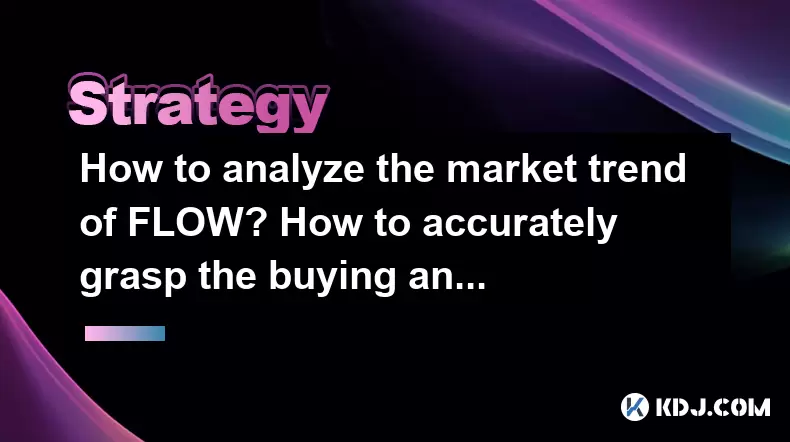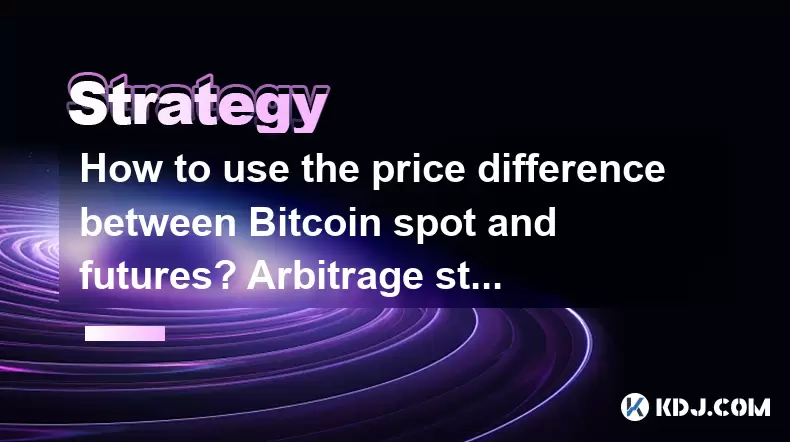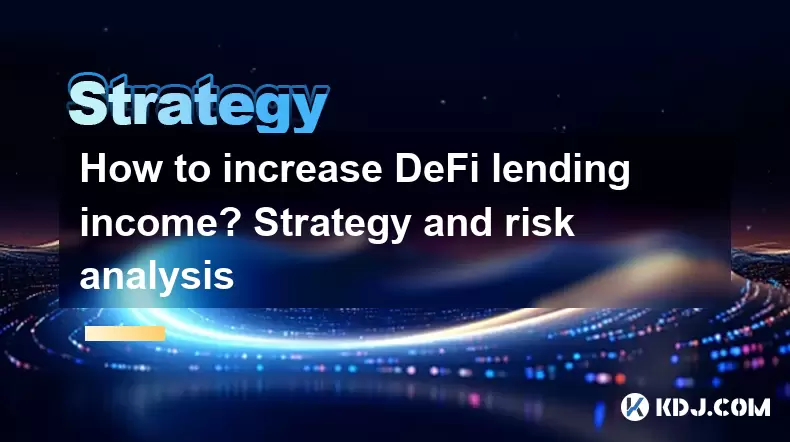-
 Bitcoin
Bitcoin $108,639.5535
1.29% -
 Ethereum
Ethereum $2,507.1944
3.16% -
 Tether USDt
Tether USDt $1.0003
0.00% -
 XRP
XRP $2.1982
0.65% -
 BNB
BNB $654.1814
0.99% -
 Solana
Solana $152.3907
1.88% -
 USDC
USDC $0.9998
-0.01% -
 TRON
TRON $0.2763
0.40% -
 Dogecoin
Dogecoin $0.1683
3.32% -
 Cardano
Cardano $0.5716
1.42% -
 Hyperliquid
Hyperliquid $40.7564
8.17% -
 Bitcoin Cash
Bitcoin Cash $500.5813
1.41% -
 Sui
Sui $2.8642
2.51% -
 Chainlink
Chainlink $13.5555
1.79% -
 UNUS SED LEO
UNUS SED LEO $9.1649
0.51% -
 Avalanche
Avalanche $18.4650
3.41% -
 Stellar
Stellar $0.2386
0.24% -
 Toncoin
Toncoin $2.8878
1.59% -
 Shiba Inu
Shiba Inu $0.0...01168
1.67% -
 Litecoin
Litecoin $87.6955
2.00% -
 Hedera
Hedera $0.1517
3.12% -
 Monero
Monero $312.6714
1.11% -
 Polkadot
Polkadot $3.5008
3.27% -
 Bitget Token
Bitget Token $4.6166
-0.55% -
 Dai
Dai $0.9999
0.00% -
 Ethena USDe
Ethena USDe $1.0002
0.01% -
 Uniswap
Uniswap $7.3109
3.98% -
 Pepe
Pepe $0.0...01008
6.25% -
 Aave
Aave $276.8587
7.04% -
 Pi
Pi $0.5277
-0.95%
How to analyze the market trend of FLOW? How to accurately grasp the buying and selling points?
To make informed decisions about FLOW, combine technical analysis, fundamental insights, and market sentiment to identify optimal buying and selling points.
May 07, 2025 at 04:08 pm

Analyzing the market trend of FLOW and accurately grasping buying and selling points requires a comprehensive approach that combines technical analysis, fundamental analysis, and market sentiment. In this article, we will delve into the detailed steps and strategies to help you make informed decisions about FLOW.
Understanding FLOW and Its Market Position
FLOW is a blockchain platform designed for building and running decentralized applications (dApps). It was created by Dapper Labs, the company behind popular applications like CryptoKitties and NBA Top Shot. To analyze the market trend of FLOW, it is crucial to understand its unique features and market position.
FLOW aims to solve scalability issues faced by other blockchains by introducing a multi-role architecture that separates different tasks within the network. This allows for higher transaction throughput and a smoother user experience, which is particularly important for gaming and entertainment dApps. Understanding FLOW's market position involves assessing its competition, partnerships, and adoption rates among developers and users.
Technical Analysis for FLOW
Technical analysis is a critical tool for understanding market trends and identifying buying and selling points. For FLOW, you can use various technical indicators and chart patterns to analyze its price movements.
- Candlestick Charts: Start by examining the candlestick charts of FLOW on a reliable cryptocurrency exchange. Look for patterns such as doji, hammer, and engulfing patterns, which can indicate potential reversals or continuations in the trend.
- Moving Averages: Use moving averages to smooth out price action and identify the overall direction of the trend. The 50-day and 200-day moving averages are particularly useful for spotting long-term trends.
- Relative Strength Index (RSI): The RSI helps identify overbought and oversold conditions. A reading above 70 suggests that FLOW might be overbought, while a reading below 30 indicates it might be oversold.
- Bollinger Bands: These bands can help you understand volatility and potential breakouts. When the price of FLOW touches the upper band, it might be a signal to sell, and when it touches the lower band, it could be a signal to buy.
Fundamental Analysis of FLOW
Fundamental analysis involves evaluating the intrinsic value of FLOW by looking at the project's fundamentals. This includes examining the team behind FLOW, its technological advancements, partnerships, and overall ecosystem growth.
- Team and Leadership: Assess the experience and track record of the team at Dapper Labs. A strong team with a proven history in blockchain development can be a positive indicator for FLOW's future.
- Technology and Innovation: Evaluate the technical whitepaper and any updates to the FLOW protocol. Look for improvements in scalability, security, and usability, as these can drive adoption and increase the value of FLOW.
- Partnerships and Ecosystem: Research FLOW's partnerships with other companies and projects. For instance, collaborations with major brands like NBA and Ubisoft can significantly boost FLOW's market position.
- Adoption and User Growth: Monitor the number of dApps built on FLOW and the growth in user engagement. High adoption rates are a strong indicator of a healthy ecosystem.
Market Sentiment and News Analysis
Market sentiment plays a crucial role in the price movements of cryptocurrencies like FLOW. Staying updated with the latest news and social media trends can help you gauge the overall sentiment towards FLOW.
- Social Media and Forums: Follow FLOW-related discussions on platforms like Twitter, Reddit, and crypto-specific forums. Look for sentiment indicators such as the number of positive vs. negative posts.
- News and Announcements: Keep an eye on official announcements from Dapper Labs and news articles related to FLOW. Positive news, such as new partnerships or product launches, can lead to bullish trends, while negative news can trigger sell-offs.
- Crypto Market Indices: Use indices like the Crypto Fear and Greed Index to understand the broader market sentiment. If the market is in a state of fear, it might be a good time to buy FLOW at a lower price.
Identifying Buying and Selling Points for FLOW
Combining the insights from technical, fundamental, and sentiment analysis, you can identify optimal buying and selling points for FLOW. Here are some strategies to consider:
- Breakout Strategy: Look for instances where FLOW breaks out of a consolidation pattern or a key resistance level. A breakout with high volume can be a strong buy signal.
- Pullback Strategy: After a significant price increase, FLOW may experience a pullback. Buying during these pullbacks, especially if supported by positive fundamentals, can be a good entry point.
- Reversal Patterns: Identify reversal patterns like head and shoulders or double tops/bottoms. These can signal potential trend reversals and provide opportunities to buy or sell FLOW.
- Divergence: Watch for divergences between the price of FLOW and technical indicators like the RSI. Bullish divergence (price making lower lows while the indicator makes higher lows) can signal a buying opportunity, while bearish divergence (price making higher highs while the indicator makes lower highs) can indicate a selling point.
Practical Steps to Execute Trades
Executing trades based on your analysis involves several practical steps. Here’s a detailed guide on how to buy and sell FLOW:
- Choose a Reliable Exchange: Select a reputable cryptocurrency exchange that supports FLOW trading. Popular options include Binance, Coinbase, and Kraken.
- Set Up an Account: Register on the exchange, complete the necessary KYC (Know Your Customer) verification, and secure your account with two-factor authentication (2FA).
- Deposit Funds: Deposit fiat currency or another cryptocurrency into your exchange account. Ensure you have enough funds to cover the amount of FLOW you wish to buy.
- Place a Buy Order: Navigate to the FLOW trading pair (e.g., FLOW/USDT) and place a buy order. You can choose between a market order, which executes immediately at the current market price, or a limit order, which executes at a specified price.
- Monitor Your Position: Keep an eye on FLOW’s price movements and market conditions. Use the technical and fundamental analysis techniques discussed earlier to decide when to hold or sell.
- Place a Sell Order: When you decide to sell, navigate back to the FLOW trading pair and place a sell order. Again, you can choose between a market order or a limit order based on your strategy.
- Withdraw Profits: Once your sell order is executed, you can withdraw your profits in fiat currency or another cryptocurrency to your wallet.
Frequently Asked Questions
Q: How can I stay updated with the latest developments on FLOW?
A: To stay updated with the latest developments on FLOW, follow Dapper Labs' official social media channels, subscribe to their newsletter, and join FLOW-related communities on platforms like Telegram and Discord. Additionally, set up Google Alerts for FLOW and Dapper Labs to receive real-time news updates.
Q: What are the risks associated with investing in FLOW?
A: Investing in FLOW, like any cryptocurrency, comes with several risks. These include market volatility, regulatory changes, technological risks, and potential security breaches. It's important to conduct thorough research and only invest what you can afford to lose.
Q: Can I use technical analysis tools on mobile apps to analyze FLOW?
A: Yes, many cryptocurrency exchanges and trading platforms offer mobile apps with built-in technical analysis tools. Apps like TradingView and Coinigy also provide advanced charting and analysis features that you can use to analyze FLOW on your mobile device.
Q: How important is community sentiment in influencing FLOW's price?
A: Community sentiment can significantly influence FLOW's price. Positive sentiment can drive buying interest and increase the price, while negative sentiment can lead to sell-offs and price declines. Monitoring community sentiment through social media and forums can provide valuable insights into potential price movements.
Disclaimer:info@kdj.com
The information provided is not trading advice. kdj.com does not assume any responsibility for any investments made based on the information provided in this article. Cryptocurrencies are highly volatile and it is highly recommended that you invest with caution after thorough research!
If you believe that the content used on this website infringes your copyright, please contact us immediately (info@kdj.com) and we will delete it promptly.
- Blockchain, Apple Stock, and UAE Investors: A New York Minute on Digital Finance
- 2025-06-30 10:30:11
- SEC, Grayscale, and Bitcoin ETFs: A New York Minute on Crypto's Next Big Thing
- 2025-06-30 10:30:11
- Bitcoin, Corporate Restructuring, and Institutional Investors: A New Era?
- 2025-06-30 10:50:12
- SEI User Activity Sparks Short Squeeze Talk as Price Nears Key Resistance
- 2025-06-30 08:30:12
- Toncoin's Traction: Decentralized Payments Stealing the Show?
- 2025-06-30 08:50:12
- ETH, Crypto, and the Validator Upgrade: Wall Street's New Darling?
- 2025-06-30 08:50:12
Related knowledge

What are the skills of Bitcoin option hedging? Practical case sharing
Jun 24,2025 at 04:01pm
Understanding Bitcoin Option HedgingBitcoin option hedging is a risk management strategy used by traders and investors to protect their positions in the volatile cryptocurrency market. By using options, individuals can limit potential losses while retaining the opportunity for profit. In essence, it allows one to insulate against adverse price movements...

How to use the price difference between Bitcoin spot and futures? Arbitrage strategy
Jun 20,2025 at 02:56pm
Understanding Bitcoin Spot and Futures MarketsTo effectively leverage arbitrage opportunities between Bitcoin spot and futures markets, it's essential to understand the fundamental differences between these two types of markets. The spot market refers to the direct buying and selling of Bitcoin for immediate delivery at the current market price. In cont...

How to increase DeFi lending income? Strategy and risk analysis
Jun 24,2025 at 02:08pm
Understanding DeFi Lending and Its Income PotentialDeFi (Decentralized Finance) lending has emerged as a popular way to earn passive income in the cryptocurrency space. Unlike traditional banking systems, DeFi lending platforms allow users to lend their crypto assets directly to borrowers without intermediaries. The lenders earn interest based on the su...

How to operate cryptocurrency cross-market arbitrage? Practical analysis
Jun 23,2025 at 04:01am
Understanding Cryptocurrency Cross-Market ArbitrageCryptocurrency cross-market arbitrage involves taking advantage of price differences for the same digital asset across different exchanges. The core idea is to buy low on one exchange and sell high on another, capturing the profit from the discrepancy. This strategy relies heavily on real-time market da...

How to make profits from high-frequency cryptocurrency trading? Sharing core skills
Jun 19,2025 at 05:07pm
Understanding High-Frequency Cryptocurrency TradingHigh-frequency trading (HFT) in the cryptocurrency market involves executing a large number of trades at extremely fast speeds, often within milliseconds. This method relies on small price discrepancies across exchanges or within a single exchange’s order book. Traders use complex algorithms and ultra-l...

What are the methods of cryptocurrency quantitative trading? Detailed analysis
Jun 22,2025 at 11:07pm
Understanding the Core of Cryptocurrency Quantitative TradingCryptocurrency quantitative trading refers to the use of mathematical models and algorithms to execute trades in the digital asset market. Unlike traditional discretionary trading, which relies heavily on human judgment, quantitative trading leverages data-driven strategies to identify profita...

What are the skills of Bitcoin option hedging? Practical case sharing
Jun 24,2025 at 04:01pm
Understanding Bitcoin Option HedgingBitcoin option hedging is a risk management strategy used by traders and investors to protect their positions in the volatile cryptocurrency market. By using options, individuals can limit potential losses while retaining the opportunity for profit. In essence, it allows one to insulate against adverse price movements...

How to use the price difference between Bitcoin spot and futures? Arbitrage strategy
Jun 20,2025 at 02:56pm
Understanding Bitcoin Spot and Futures MarketsTo effectively leverage arbitrage opportunities between Bitcoin spot and futures markets, it's essential to understand the fundamental differences between these two types of markets. The spot market refers to the direct buying and selling of Bitcoin for immediate delivery at the current market price. In cont...

How to increase DeFi lending income? Strategy and risk analysis
Jun 24,2025 at 02:08pm
Understanding DeFi Lending and Its Income PotentialDeFi (Decentralized Finance) lending has emerged as a popular way to earn passive income in the cryptocurrency space. Unlike traditional banking systems, DeFi lending platforms allow users to lend their crypto assets directly to borrowers without intermediaries. The lenders earn interest based on the su...

How to operate cryptocurrency cross-market arbitrage? Practical analysis
Jun 23,2025 at 04:01am
Understanding Cryptocurrency Cross-Market ArbitrageCryptocurrency cross-market arbitrage involves taking advantage of price differences for the same digital asset across different exchanges. The core idea is to buy low on one exchange and sell high on another, capturing the profit from the discrepancy. This strategy relies heavily on real-time market da...

How to make profits from high-frequency cryptocurrency trading? Sharing core skills
Jun 19,2025 at 05:07pm
Understanding High-Frequency Cryptocurrency TradingHigh-frequency trading (HFT) in the cryptocurrency market involves executing a large number of trades at extremely fast speeds, often within milliseconds. This method relies on small price discrepancies across exchanges or within a single exchange’s order book. Traders use complex algorithms and ultra-l...

What are the methods of cryptocurrency quantitative trading? Detailed analysis
Jun 22,2025 at 11:07pm
Understanding the Core of Cryptocurrency Quantitative TradingCryptocurrency quantitative trading refers to the use of mathematical models and algorithms to execute trades in the digital asset market. Unlike traditional discretionary trading, which relies heavily on human judgment, quantitative trading leverages data-driven strategies to identify profita...
See all articles

























































































